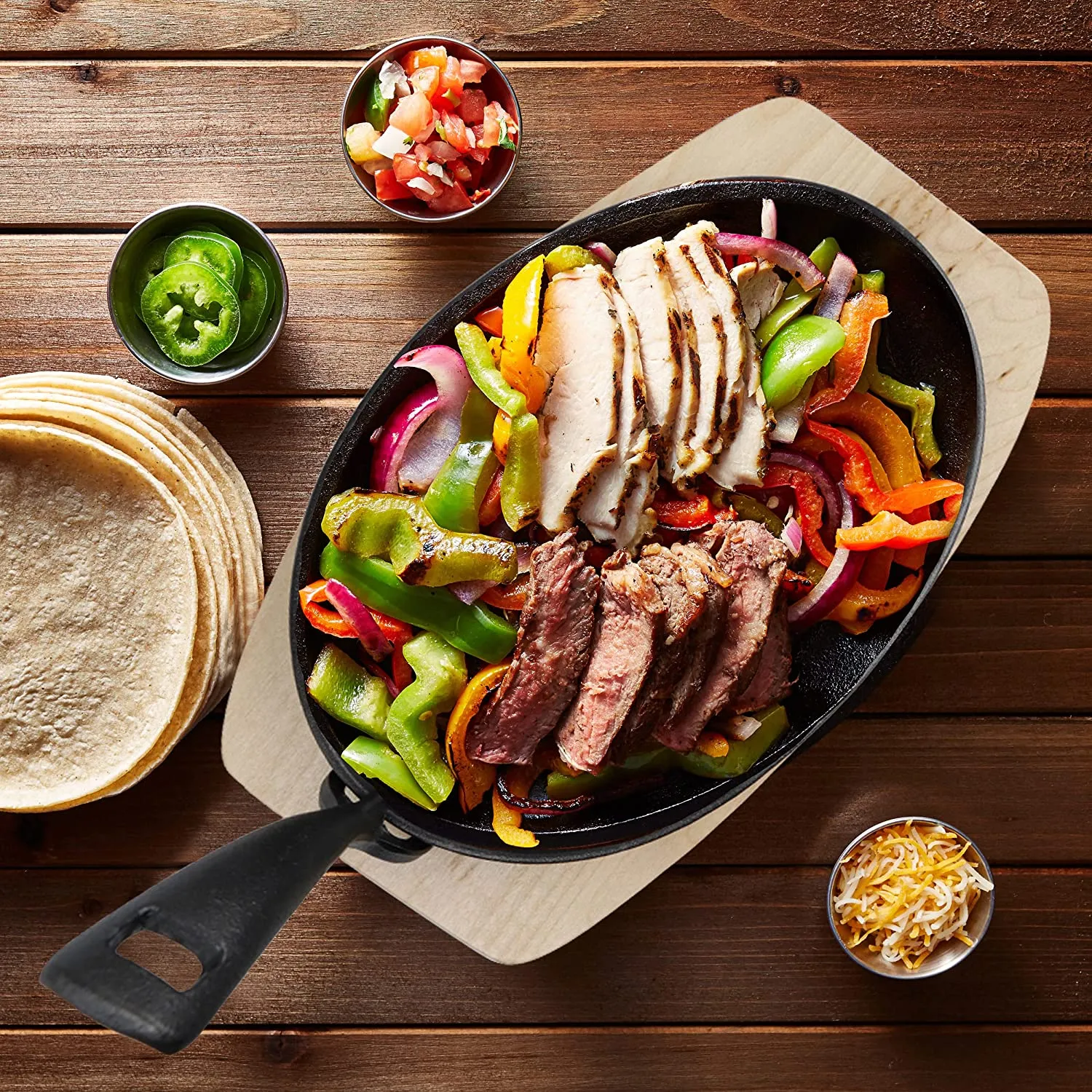
which is better cast iron or enameled cast iron
Cast Iron vs. Enameled Cast Iron Which is Better?
When it comes to cookware, few materials have stood the test of time like cast iron. Known for its durability and heat retention, cast iron has been a favorite among chefs and home cooks alike. However, enameled cast iron has surged in popularity, offering a blend of traditional cast iron features with modern convenience. This article will explore the differences between cast iron and enameled cast iron, helping you decide which is better for your kitchen needs.
Understanding the Basics
Cast iron cookware is made from iron and carbon, formed through a casting process. Its characteristic dark, rough surface provides excellent heat retention and even cooking. Over time, cast iron develops a natural non-stick seasoning, which enhances its cooking capabilities. However, classic cast iron requires regular maintenance, including seasoning and careful cleaning, to prevent rust and maintain its non-stick surface.
On the other hand, enameled cast iron is coated with a vitreous enamel glaze, which provides a smooth, colorful finish. This enamel layer protects the cast iron from rust, allows for easier cleaning, and eliminates the need for seasoning. Enameled cast iron can handle acidic foods without reacting, making it a versatile option for various recipes.
Cooking Performance
Both cast iron and enameled cast iron excel at heat retention and even cooking. Cast iron pans reach high temperatures and sear meats beautifully, creating a flavorful crust. They are ideal for frying, baking, and slow cooking. The unique surface also allows for fantastic heat distribution, ensuring that food cooks uniformly.
Enameled cast iron performs similarly but offers certain advantages. The enamel layer allows it to easily transition from stovetop to oven, making it perfect for braising and baking. Additionally, it can be used to directly serve food at the table, showcasing its aesthetic appeal. However, some cooks argue that enameled pans do not achieve the same high temperatures as bare cast iron, potentially affecting the browning of certain dishes.
Maintenance and Care
which is better cast iron or enameled cast iron

One of the most significant differences between the two materials is maintenance. Traditional cast iron requires regular seasoning to build up its non-stick surface and protect it from moisture. This process involves applying oil to the surface and baking it, which can be time-consuming. Furthermore, cast iron is sensitive to acidic foods, which can strip away the seasoning over time.
Enameled cast iron, in contrast, is much easier to care for. Its smooth surface does not require seasoning, and it can be cleaned using soap and water without fear of damaging the cooking surface. However, the enamel can chip if mishandled, so while it is generally more forgiving, it still requires some level of careful handling.
Aesthetic Appeal
In terms of aesthetics, enameled cast iron wins hands down. Available in a multitude of colors, it can add a splash of personality to your kitchen. The glossy finish not only looks great on a stovetop but also makes a stunning serving piece. Many enameled cast iron pieces are designed to go straight from oven to table, allowing for elegant presentation.
While traditional cast iron has its own rustic charm, its plain appearance might not be as suitable for all kitchen decors. Many people appreciate the functionality over aesthetics, but those who value both may lean toward enameled varieties.
Price Considerations
When choosing between cast iron and enameled cast iron, cost can also play a significant role. Traditionally, bare cast iron is more budget-friendly, making it accessible for most cooks. In contrast, enameled cast iron tends to be more expensive due to the added manufacturing processes. However, the investment can be worthwhile, considering the reduced maintenance and versatility of enameled cookware.
Conclusion
Ultimately, the choice between cast iron and enameled cast iron boils down to personal preference and cooking style. If you value traditional methods and don’t mind the upkeep, bare cast iron may be the best choice for you. However, if you seek versatility, ease of maintenance, and aesthetic appeal, enameled cast iron could be the perfect addition to your kitchen. Both have their unique advantages, and either can provide lasting performance for many years to come.
-
Season Cast Iron Perfectly with GPT-4 Turbo TipsNewsAug.01,2025
-
High Quality Cast Iron Cookware - Baixiang County Zhongda MachineryNewsAug.01,2025
-
Premium Cast Iron Pan: Durable & Perfect HeatNewsAug.01,2025
-
High Quality Kitchen Durable Black Round Cast Iron Cookware Pancake Crepe Pan-Baixiang County Zhongda Machinery Manufacturing Co., Ltd.NewsAug.01,2025
-
Cast Iron Cookware - Baixiang County Zhongda Machinery | Nonstick, Heat ResistanceNewsAug.01,2025
-
High Quality Kitchen Durable Black Round Cast Iron Cookware - Baixiang County Zhongda Machinery | Non-Stick, Heat Retention, DurableNewsJul.31,2025


